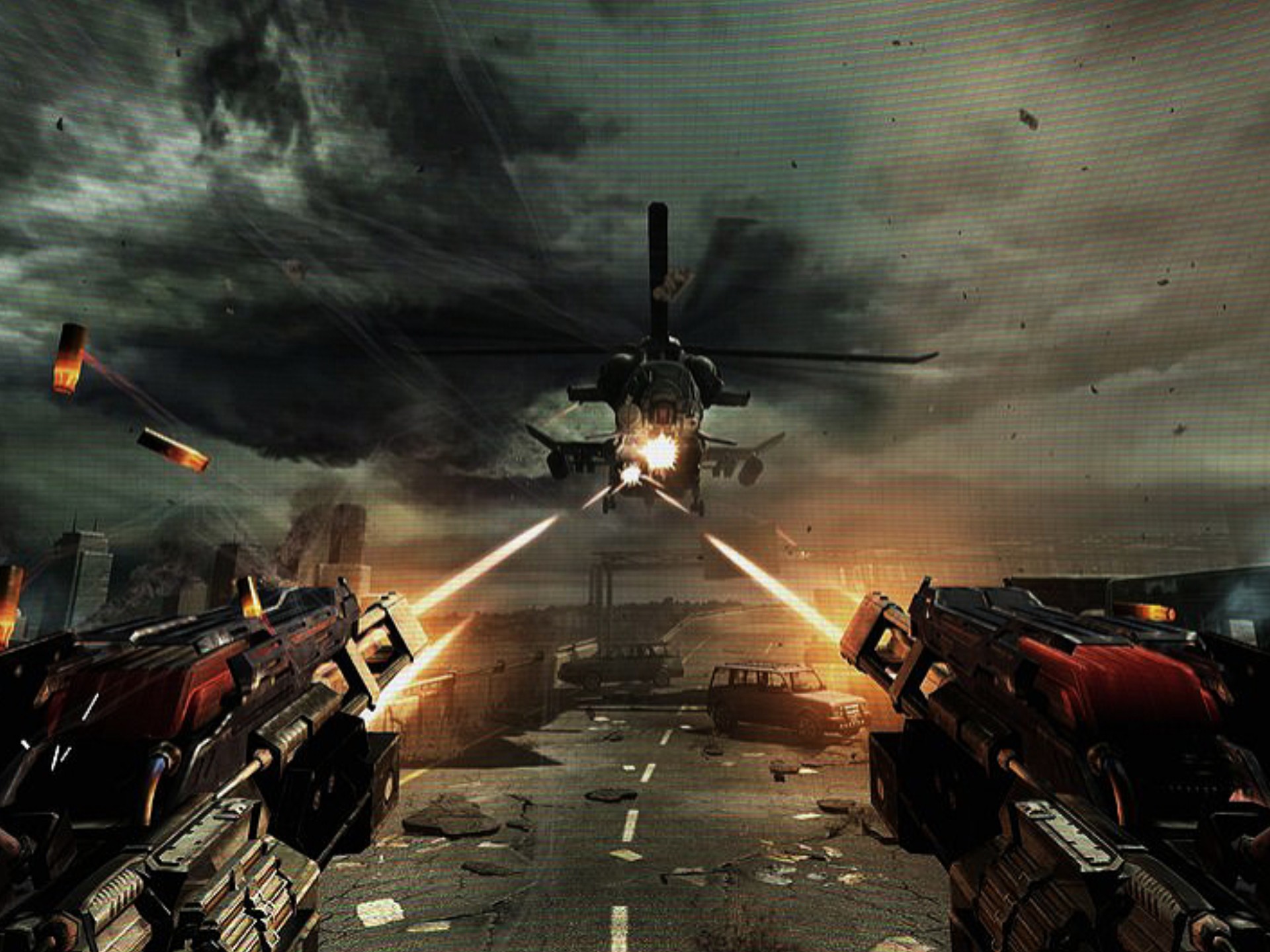Title: Unforgettable: How Deep Game News Archives Keep Iconic Moments Alive
The video game industry moves at a blistering pace. New releases, updates, and controversies flash across our screens and are often just as quickly forgotten, buried under the relentless avalanche of new content. Yet, within this digital whirlwind, certain moments transcend the ephemeral. They become iconic, seared into the collective memory of players worldwide. These aren't just moments of personal achievement; they are cultural touchstones, technological leaps, and narrative revolutions. And their primary, most vital custodians are not just our fading memories, but the deep, often dusty, archives of game journalism.
These archives—the sprawling digital libraries of major publications, the preserved husks of defunct websites, and the meticulously maintained fan-run wikis—serve as the definitive historical record. They are the time capsules that preserve not only the fact of these iconic events but, crucially, the context, the immediate reaction, and the palpable excitement that surrounded them. They allow us to understand not just what happened, but why it mattered so profoundly at the time.
The Shock of the New: Preserving Technological Leaps
Consider the release of id Software’s Doom in 1993. To a modern player, its pixelated demons are a charming artifact. But to access a news archive from December 1993 is to experience the sheer, unadulterated shockwave it sent through the world. Articles breathlessly describe the "blistering speed," the "unprecedented network play," and the "staggering" graphics. They capture the birth of the first-person shooter as a genre-defining force and the dawn of the shareware model that would democratize game distribution. The archives preserve the vocabulary of awe used by journalists who were witnessing the impossible become real. Without these contemporaneous accounts, the true scale of this seismic shift could be softened by hindsight, reduced to a simple bullet point in history. The archives keep the shock alive.
Narrative Revolution: Capturing the Moment a Medium Grew Up
Iconic moments are not always about technology; often, they are about emotional and narrative depth. The release of Final Fantasy VII in 1997 was one such moment. For a generation of players, the death of Aerith Gainsborough was a devastating, unprecedented event. Game news archives from that period are filled with reader mail, forum discussions (often painstakingly archived by fans), and editorials grappling with this narrative gut-punch. Journalists struggled to find the words, often resorting to phrases like "I couldn’t believe it" or "the game actually did that."
These archives capture the precise moment when a large segment of players and critics realized that games could be more than power fantasies; they could be vehicles for genuine, heart-wrenching drama. They document the transition from seeing games as toys to respecting them as a storytelling medium. Re-reading those reactions is to relive the collective maturation of an audience.

Community Catharsis: Documenting Shared Triumph and Scandal
Some iconic moments are defined by the collective action or reaction of the player base. The infamous "Corrupted Blood" plague in Blizzard’s World of Warcraft (2005) was an accidental event that turned into a fascinating sociological simulation. News archives from gaming outlets became the real-time chronicle of this digital pandemic. Reporters embedded in the game’s cities, interviewing "healers" trying to save players and documenting the chaotic, panicked responses. These articles are a unique record of an unscripted, emergent event that no developer could ever plan, showcasing how virtual worlds can mirror the best and worst of human nature.
Similarly, the archives hold the evidence of community triumph and backlash. The reveal of the Xbox One’s always-online DRM and restrictive used-game policy in 2013 sparked a firestorm. The escalating news coverage, from initial announcement to player outrage to Microsoft’s stunning policy reversal, is all preserved. This chain of articles tells a powerful story about the shifting balance of power between multi-billion dollar corporations and their communities, proving that player voices, when united and amplified by the megaphone of the gaming press, can enact real change.
The Challenge of Preservation and the Fading Past
However, the integrity of this historical record is fragile. The "digital decay" of the early internet era means many articles from smaller websites are lost forever, their URLs returning only a cold 404 error. The shift from written articles to video content also presents a new challenge; while videos capture tone and excitement, they are far more difficult to archive, search, and quote with the same precision as text.
This is why the work of archivists—both institutional and fan-driven—is so critical. Projects like the "Wayback Machine" and dedicated fans who save screenshots, forum posts, and news articles are the unsung heroes of gaming history. They ensure that the first preview of Half-Life, the leaked first screenshots of the Wii remote, or the disastrous Cyberpunk 2077 launch day reviews remain accessible. They fight against the internet’s inherent forgetfulness.
In the end, deep game news archives are far more than a repository of reviews and previews. They are a living, breathing chronicle of a medium’s explosive growth. They allow us to time-travel back to the exact moment a legend was born, a controversy erupted, or a heart was broken. They ensure that the iconic moments that defined gaming—the ones that made us gasp, cheer, cry, and connect—are not lost to the void. They are the permanent, searchable, and invaluable memory of a culture, preserving the pixels and the passion for generations to come.
Tags: #GamingHistory #VideoGameArchives #GameJournalism #IconicGamingMoments #DigitalPreservation #GamingCulture #RetroGaming #HistoricalGaming


















